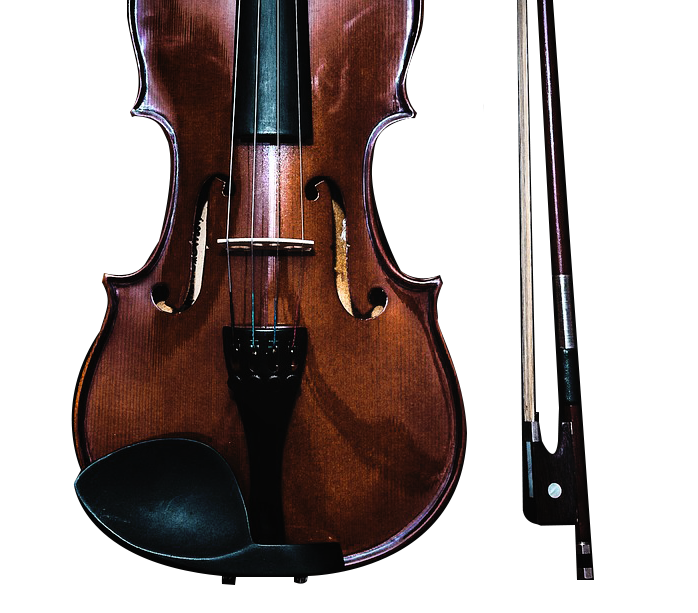VIOLIN Lessons & Classes for children, teenagers, youth & adults
Our Violin lessons, classes, programs & courses will help you bring out your hidden musical talents. You will receive Violin lessons that will help develop your violin learning skills. At Lorraine Music Academy, our trained violin teachers will help you to learn violin playing the right way. Our programs include music lessons for kids / children and for beginners. This also includes music lessons for teenagers / youth and music lessons for adults.
At Lorraine Music Academy, we believe that if our students can use their hands, then they can play an instrument (if they desire to). Through our Violin lessons, classes, teaching programs and courses we bring to our students musical experiences and musical memories. These memories will last for a life time. Our students get excellent training and develop great boldness by being exposed to wide range of musical and creative opportunities. They get exposure through our training programs, workshops, recitals, concerts and public performances. Through music education we wish to provide children with social, knowledge and skill development opportunities. We also aim to promote in them a sense of self-esteem, success and pride. Hence we maintain a special learning environment designed to provide a rich and rewarding musical experience for each student.
We have different programs for students to learn the Violin ranging from the Beginners level to Grade-8 level. Here we have a faculty of internationally qualified musicians under the talented headship of Lorraine Fiona Aloysius. She is the Creative Director & Principal of Lorraine Music Academy. Lorraine also oversees a regular visiting faculty. They come in from across the globe including some of the top global Colleges of Music & Drama. They teach our students during various periods of the year.
Importance & Relevance of our Violin Graded Exams
As our student’s Violin instrumental skills progress, growth in music theory and musicianship becomes more and more important. It is certainly important in helping him / her to perform with sensitivity, understanding and confidence. Lorraine Music Academy aims to give all our students a thorough understanding of the building blocks of music. This is done by firstly starting with the basics of rhythm and notes. Then next going on to cover harmony and counterpoint, composition, and a broad knowledge of western music. It includes composers and their works, structure, style and period. They are also trained to prepare for scales and arpeggios, sight-reading and aural tests.
Violin Course Assessments through Globally recognized Examinations:
Here at Lorraine Music Academy, we assess all our students through periodic Internal Exams. This is an integral part of our Violin Courses. Furthermore, we also prepare our students for International Exams. World renowned & globally accredited organizations conduct these exams at our Music Learning Centers. They are Trinity College London, U.K., Associated Board of the Royal Schools of Music (A.B.R.S.M.), U.K., RockSchool, U.K. and London College of Music, U.K.
Violin – Exams & Grades:
Graded Violin Music Exams indeed are great for improving a full range of skills and techniques. Moreover, they are great for learning new styles of music and also nurturing your musical skills. Grade Exams and Performance Certificates are available from Entry Level (Debut) up to Grade 8.
It is necessary for a student to possess a VIOLIN of their own, in order to practice at home. Regular practice at home is important after each learning session at the Lorraine Music Academy Center. It is important because the student needs to get ready for the next learning session.
Join us on this journey to making violin learning fun. Play your heart out on the violin and hear the applause.
Transform yourself within 30 weeks to be a talented musician of great potential, even if you are little! Age is no bar (4 years to 84+ years). It is never too early or too late to begin. Dive right in. Enroll for this Violin program by fixing an appointment for a Musical Evaluation Session.

